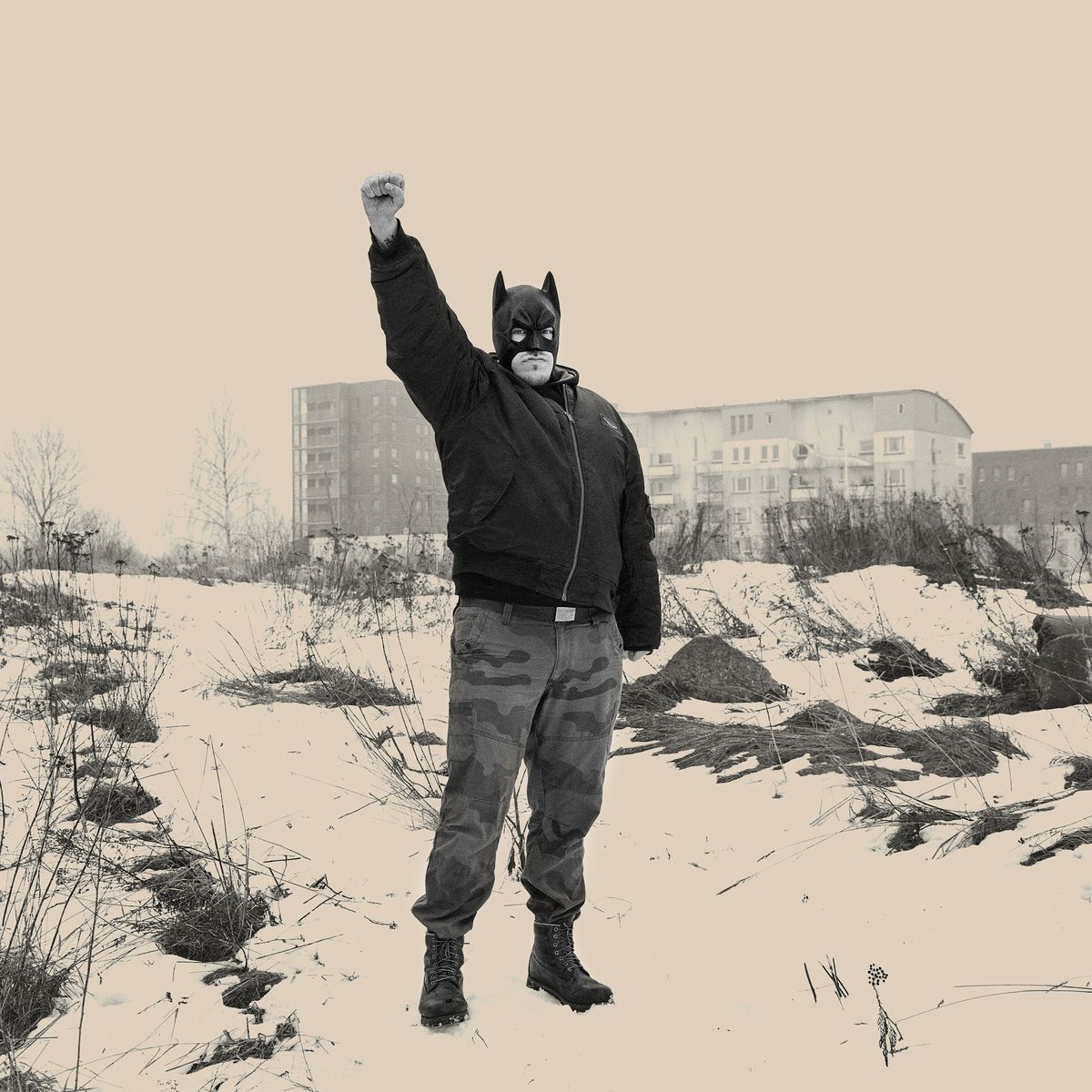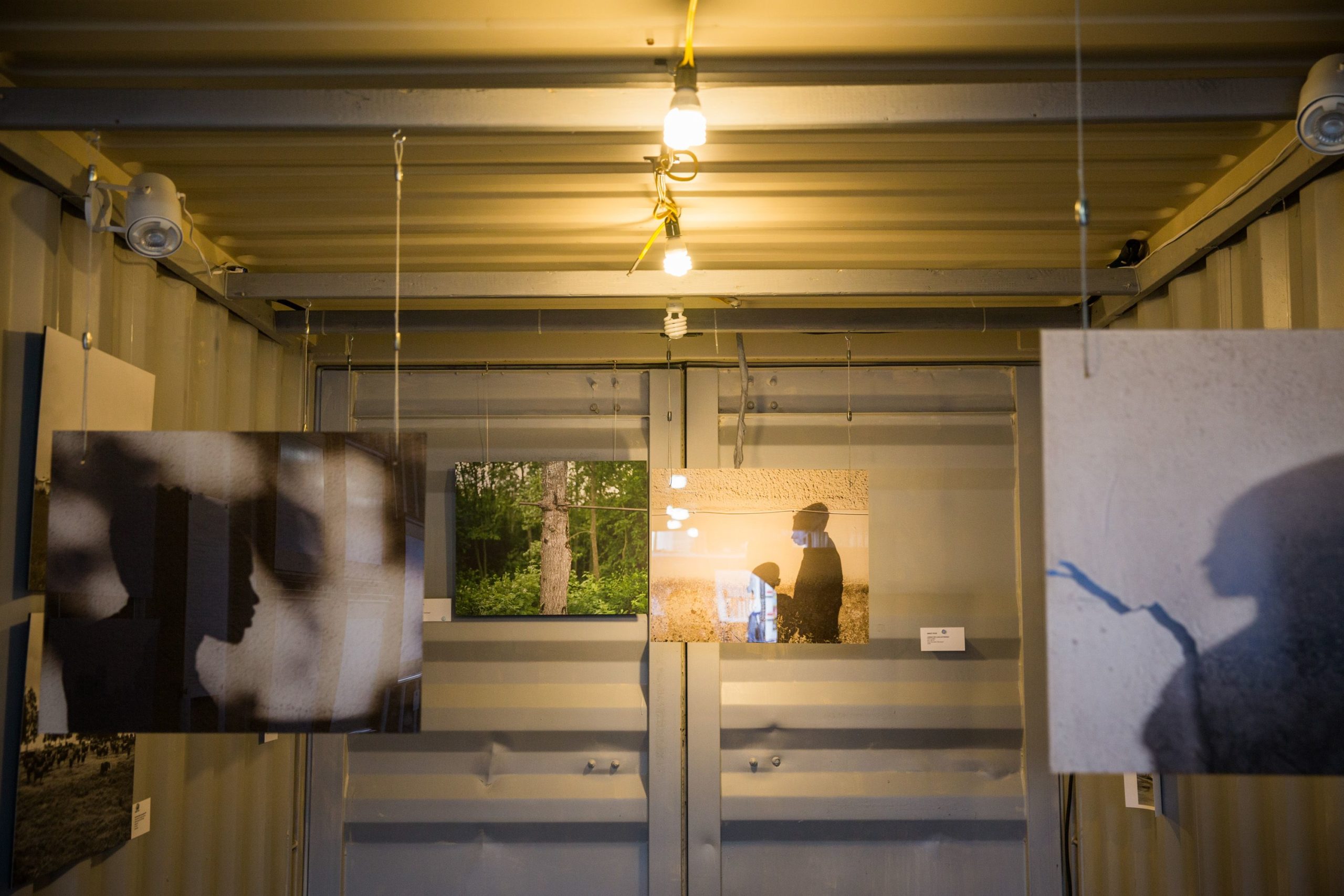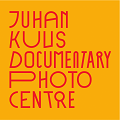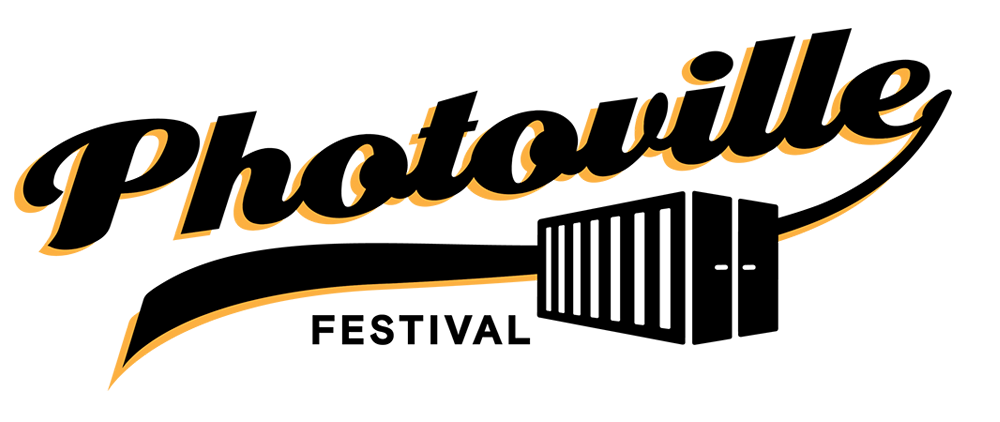


Estonia is one of the smallest countries in Europe, its total area being 45 339 km2, about the size of New Hampshire and Massachusetts combined and it is home to about 1,3 million people. We are few but we have several layers of minorities and communities whom the local Estonian-speaking majority refers as the Others. It is no surprise. We, humans, understand the world through opposites. Speaking of Us always implies the existence of the Other. But there is a peculiar phenomenon about the Other — as soon as we get closer, we are able to describe and understand it. The Other becomes familiar and we can include them them among Us.
Three Estonian photographers open doors that lead into three different communities of the Others in Estonia. Maxim Mjödov takes us to the peripheral landscapes of Lasnamäe — a suburban area in the eastern part of capital Tallinn, widely considered as the major residential area for the major Other — the Russian-speaking population who mostly arrived to Estonia from all over the Soviet Union during the USSR era from the late 1940s to late 1980s.
The work of Birgit Püve examines a small settlement of Vao in the eastern part of Estonia and it’s current inhabitants. This remote village has survived thanks to the immigration and at the same time, the immigrants have always been one of the most obvious examples of Otherness. Vao experienced the first wave of immigration when sovkhozes and kolkhozes were established in the 1950s-60s. People of different ethnicities, mostly Russian, came to Vao from all over the Soviet Union in search of a better life. These days the village is witnessing the second wave of immigration because the newly established centre for asylum seekers.
The third photographer of this joint exhibition, Annika Haas, sheds light upon the most mysterious minority of the Others in Estonia — the Romas or Gypsies, as they are called by locals who look at them suspiciously, even if they do not know much about the Romas, their customs and traditions. Annika’s images provide an unique opportunity to take an intimate look at Romas’ homes and daily life.
Artist Bios
-
Annika Haas
Annika Haas is an Estonian artists and a documentary photographer who is attracted by marginal social groups or subcultures, depicting them in her intriguing photography series. She has studied in University of Tartu and graduated with a degree in Finno-Ugric languages (1992-2000). She took courses in professional photography and documentary photography in London in 2003 and 2012. Annika is the portrait and documentary photography editor at Estonian photo magazine Positiiv (2015 -). Annika’s work has been exhibited and recognized in Estonia and abroad, she is a winner and finalist of several international photo competitions. In 2014 she was awarded at the Grand Prize in Estonian Press Photo competition and was winner of the Feature Photo Prize of the same competition in 2010 and 2017.
-
Maxim Mjödov
Maxim Mjödov is a fine art photographer, born in Tallinn, Estonia. Fascinated with emulsion based photography, he has devoted himself to studying this technique since 2003. He is experimenting in search of various expressive forms and photographic possibilities that could be used to learn more about and analyze his life and surroundings. The main topics of his work are the relationships in modern society, transformation and influence of landscape, perception of time, narratives and poetry in the photography. He was the winner of the Artproof Grant Estonia in 2014. Earlier, in 2011 he was awarded first prize of the F-stop Magazine for his documentary project. He was selected among the finalists of the PFmagazine documentary photo competition.
-
Birgit Püve
Birgit Püve belongs to the younger generation of Estonian photographers, her work focuses on memory and identity and has been displayed around the world. In 2014 she received third prize at The Taylor Wessing Photographic Competition at London’s National Portrait Gallery. Her photographs have been published in The Washington Post, NBC News, The Guardian and on the pages of other international publications. One of Püve’s best known series is called “Estonian Documents”, it has been on display in London, Gdansk and Berlin.
Organizations
-

The Juhan Kuus Documentary Photography Centre (JKDPC)
The Juhan Kuus Documentary Photography Centre (JKDPC) was established to promote the appreciation and development of documentary photography in Estonia as well as to present Estonian documentary photos to the international audience.
Our mission is to bring together photographers and people who are interested in the documentary photography, all those who use this medium to tell and experience stories that inspire, enrich, include and change lives.
We focus on topics that have a strong impact on societies and advance the domain of documentary photography. We believe that a good documentary photo can open people’s eyes to different issues in society as well as facilitate understanding, increase empathy, encourage cooperation, bridge the gap between differences and motivate people to face the challenges.
Docphoto – the storyteller of life!
The Others
Featuring: Annika Haas Maxim Mjödov Birgit Püve
Curated by: Kristel Laur Toomas Järvet
Locations
View Location Details Download a detailed map of this location Brooklyn Bridge Park – Emily Warren Roebling Plaza1 Water St
Brooklyn, NY 11201
This location is part of Brooklyn Bridge Park
Explore other locations and exhibitions nearby

